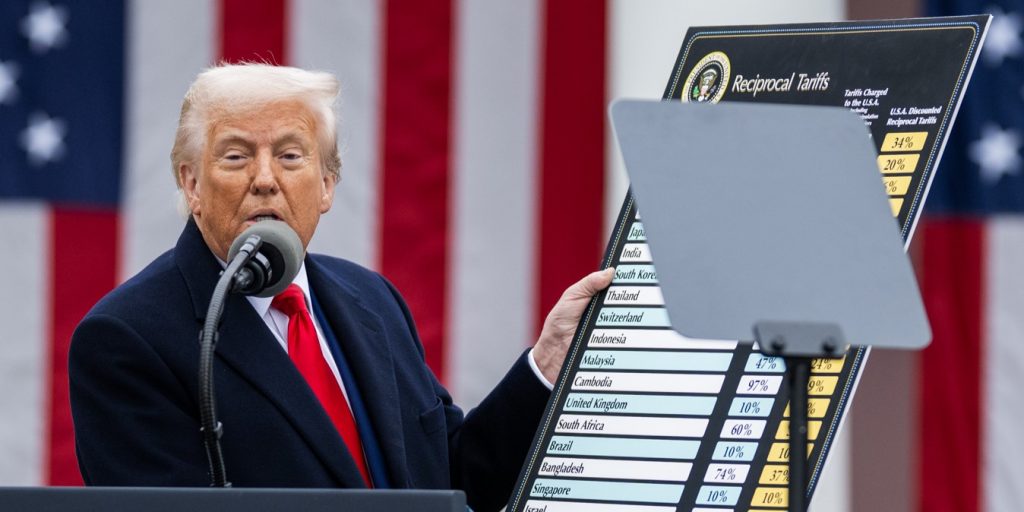Trump wants the Supreme Court to make the final decision, after he lost at a federal court.
Others are reading now
Trump wants the Supreme Court to make the final decision, after he lost at a federal court.
What is happening?
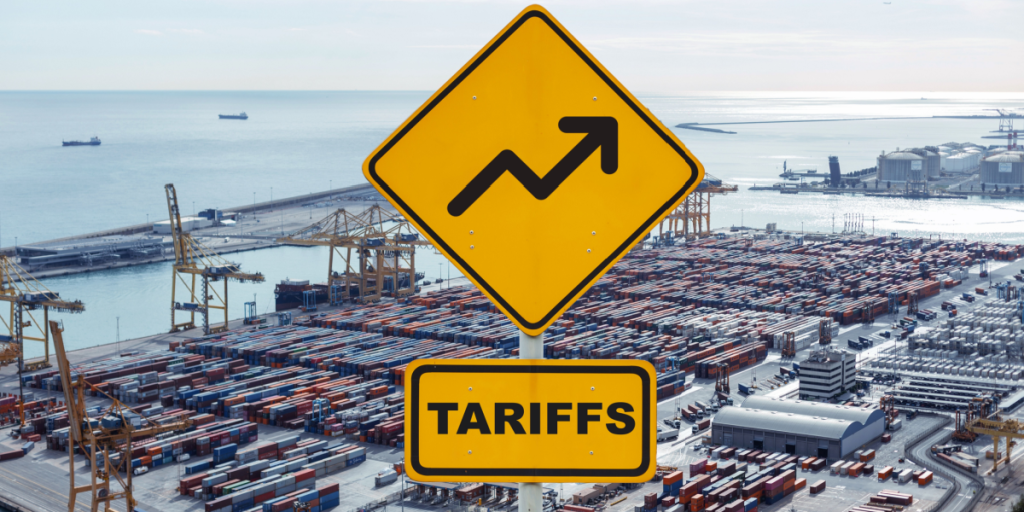
A federal appeals court ruled that Trump exceeded his authority under the International Emergency Economic Powers Act (IEEPA), potentially undermining Trump’s tariffs that soared to 145% on Chinese goods and 50% on imports from countries like India and Brazil.
Businesses have paid billions—illegally?
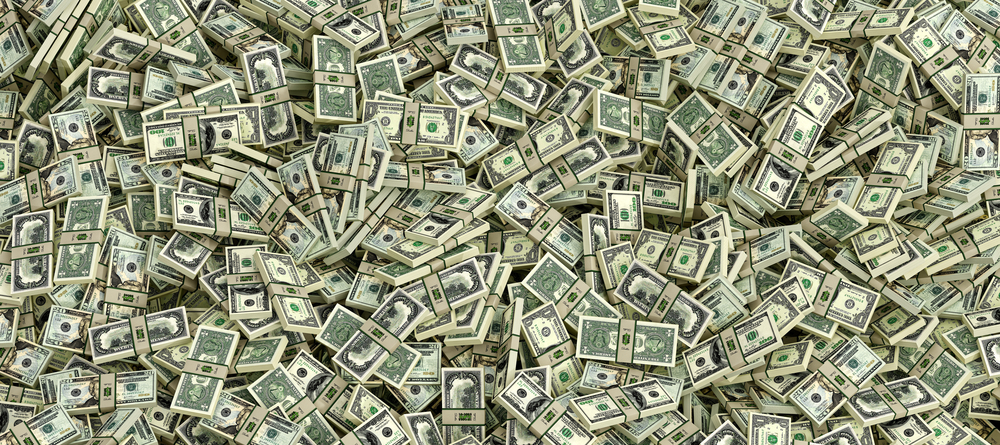
As of August 24, American companies have shelled out over $210 billion to cover these tariffs—duties now deemed unlawful by U.S. courts.
Trump acknowledged that if the ruling stands, the U.S. Treasury might have to return the money.
“If they make the wrong decision, it would be a devastation for our country,” Trump said, signaling an urgent appeal to the Supreme Court before the October 14 enforcement deadline.
Also read
What happens if the Supreme Court declines?
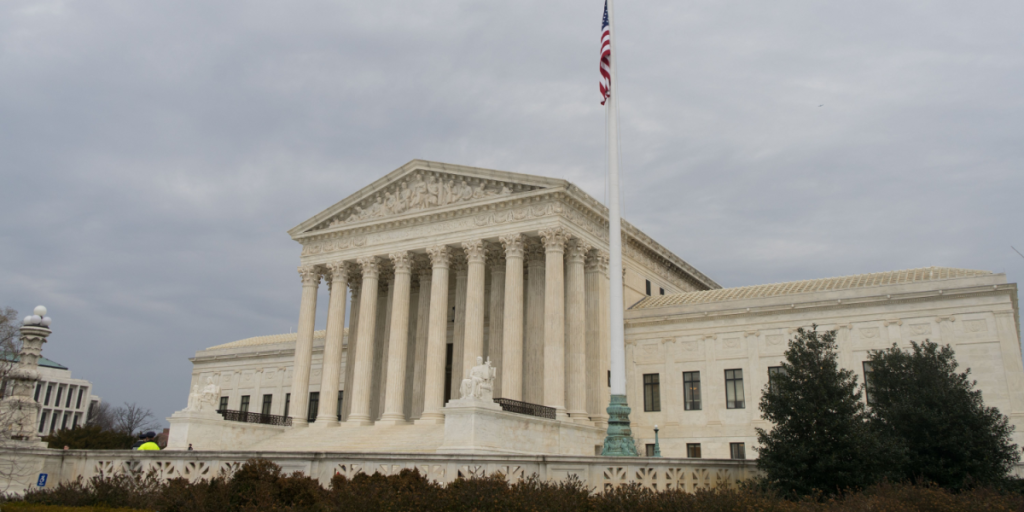
If the Supreme Court decides not to hear the case, the lower court’s ruling would stand—and many businesses could be eligible for refunds.
But this won’t be a fast or simple process.
International trade lawyer Ted Murphy tells CNN, the tariffs may remain active during the appeal process. Still, if the Court finds Trump lacked legal authority, collections would need to cease immediately.
Who actually gets the refunds?
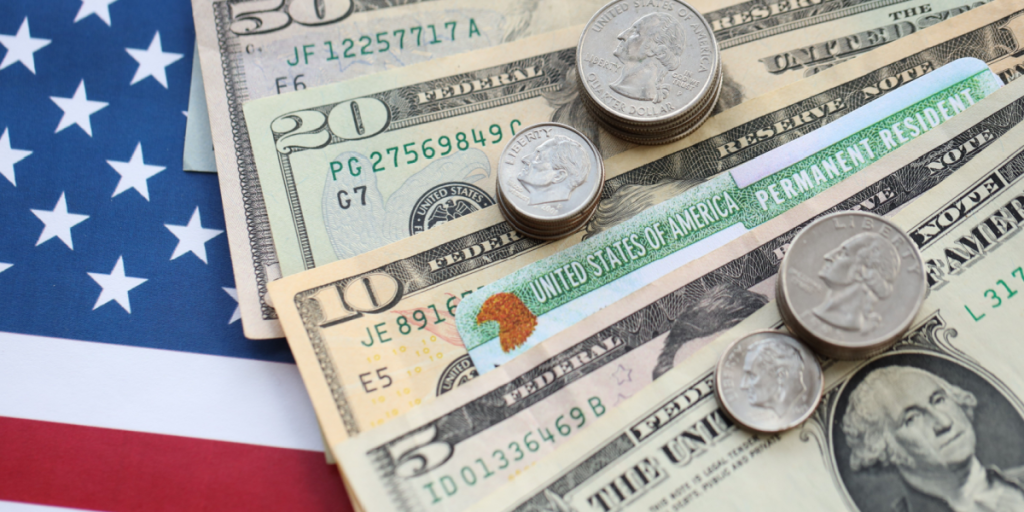
Even if the ruling is upheld, there’s no guarantee all importers will be refunded.
Murphy says the government could opt for three paths: issue refunds to all affected companies, limit them to named plaintiffs, or—most likely—establish an administrative refund process where importers must file requests.
Also read
Preparing for refunds—just in case
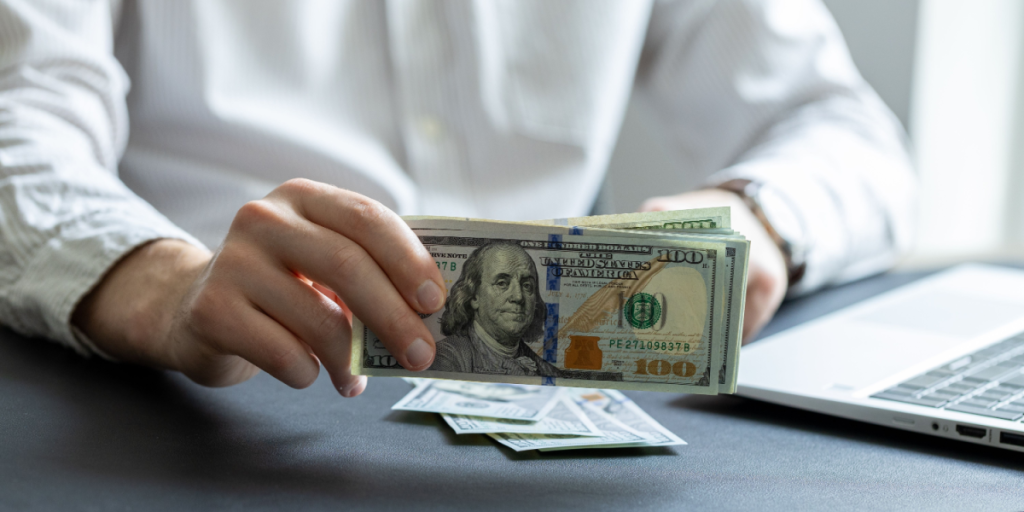
Trade attorney Thomas Beline of Cassidy Levy Kent has been advising clients to file administrative protests with U.S. Customs and Border Protection.
This strategy prevents tariff payments from fully settling, improving chances for a future refund.
A risky market in tariff refund bets

Some businesses, desperate for cash flow, are entertaining offers from investment firms to sell their stake in potential refunds.
While this offers immediate liquidity, it comes at a cost—likely forfeiting a portion of the total refund.
For many, it’s a high-risk decision: cash now, or wait (possibly in vain) for the full payout.
Also read
Not everyone wins from tariff reversals

While businesses might cheer refunds, the broader economy could suffer.
Tariff revenue helped reduce government borrowing needs. Reversing that flow could force the Treasury to sell more bonds, increasing debt and potentially raising yields across financial markets.
Bond markets already reacting
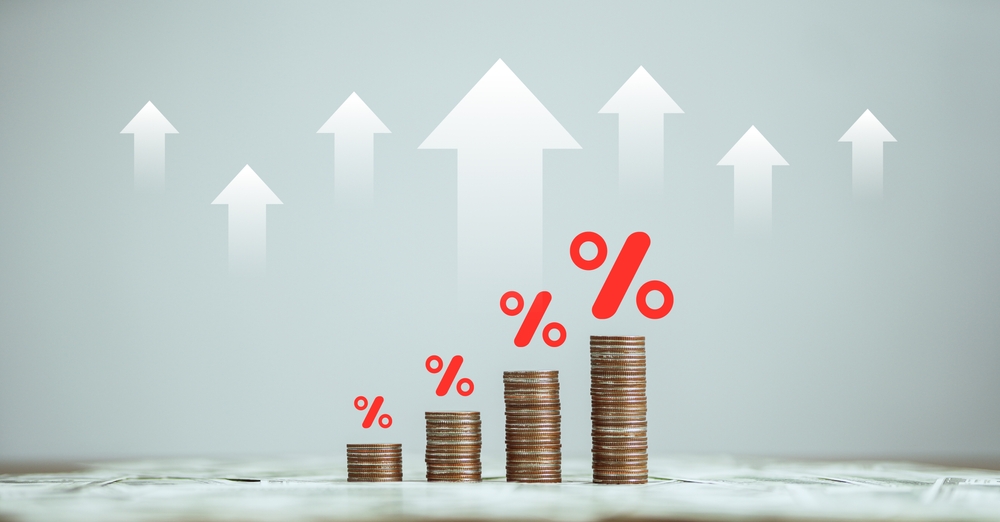
On Wednesday, the yield on the 30-year Treasury briefly hit 5%—its highest point since July.
Investors are growing concerned that an influx of Treasury bonds to cover refund shortfalls could drive yields higher, increasing borrowing costs across the board.
Could refunds stoke inflation fears?
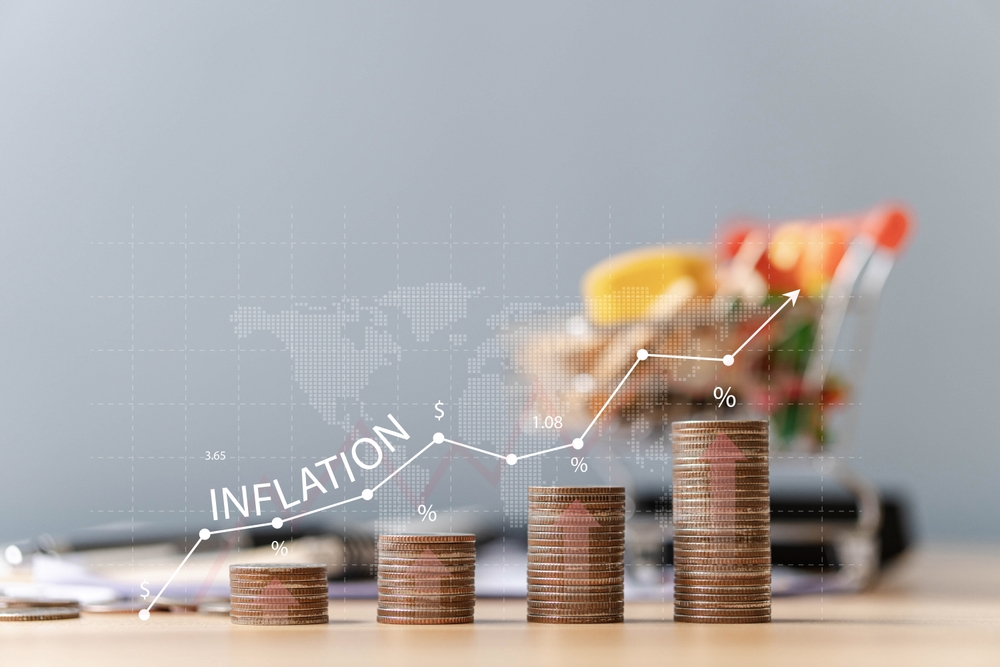
Refunding billions in tariff revenue might also stir inflation concerns. Gary Hufbauer of the Peterson Institute warns that it could evoke memories of earlier inflation spikes, especially if paired with looser monetary policy.
Also read
“Huge budget deficits plus loose monetary policies unleashed the inflation genie,” he noted, pointing to echoes of the early Biden years.
Trump’s strategy: Pressure the FED
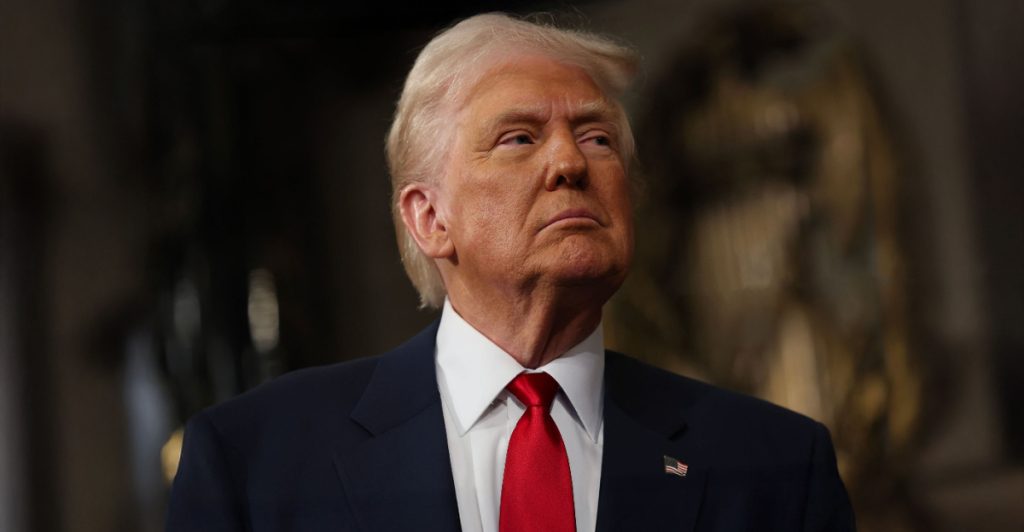
Throughout his presidency, Trump leaned on the Federal Reserve to lower interest rates—and even targeted specific officials.
He has tried to oust FED Governor Lisa Cook and install a loyalist more likely to push for rate cuts
If this strategy aligns with the timing of major refunds, Hufbauer suggests it could revive investor fears about inflation and monetary instability.

